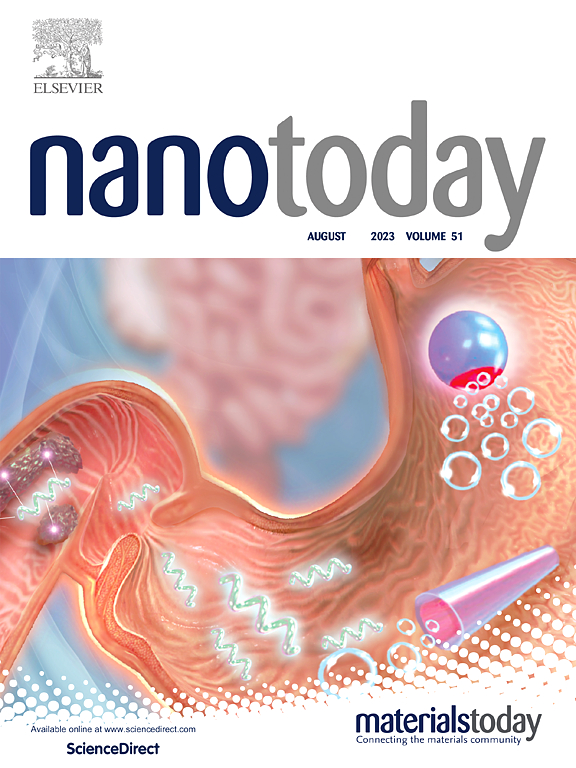Self-assembled micellar photosensitizers for combating bacterial infections and activating systemic acquired resistance
IF 13.2
1区 材料科学
Q1 CHEMISTRY, MULTIDISCIPLINARY
引用次数: 0
Abstract
Bactericides are still the main tools for managing plant diseases, while long-term and large-scale use often brings many problems, such as resistance to the applied chemicals and damage to ecological environment. To address these issues, we develop visible-light-absorbing photosensitizers (TTT and MTTT) with aggregation-induced emission feature, and further assemble them with a cationic surfactant octadecyltrimethylammonium bromide (OTAB) to form the micellar photosensitizer (MTTT@OTAB). The fabricated MTTT@OTAB can target phytopathogen Pseudomonas syringae pv. tomato DC3000 at the infection sites of the model plant Arabidopsis thaliana via electrostatic interactions, and then eliminate them through photodynamic effect under white light irradiation. More importantly, reactive oxygen species (ROS) produced through the photosensitization of MTTT@OTAB can also induce an immune response known as systemic acquired resistance by regulating the ROS-azelaic acid (AzA)- glycerol-3-phosphate (G3P) signaling pathway in Arabidopsis, thereby preventing secondary infections. Collectively, the present study demonstrates the development of photosensitizer systems with robust photodynamic effect under the normal plant growth conditions, which holds great potential as alternatives to the conventional agrochemicals for sustainable protection of agriculture against destructive bacterial infections.
求助全文
约1分钟内获得全文
求助全文
来源期刊

Nano Today
工程技术-材料科学:综合
CiteScore
21.50
自引率
3.40%
发文量
305
审稿时长
40 days
期刊介绍:
Nano Today is a journal dedicated to publishing influential and innovative work in the field of nanoscience and technology. It covers a wide range of subject areas including biomaterials, materials chemistry, materials science, chemistry, bioengineering, biochemistry, genetics and molecular biology, engineering, and nanotechnology. The journal considers articles that inform readers about the latest research, breakthroughs, and topical issues in these fields. It provides comprehensive coverage through a mixture of peer-reviewed articles, research news, and information on key developments. Nano Today is abstracted and indexed in Science Citation Index, Ei Compendex, Embase, Scopus, and INSPEC.
 求助内容:
求助内容: 应助结果提醒方式:
应助结果提醒方式:


